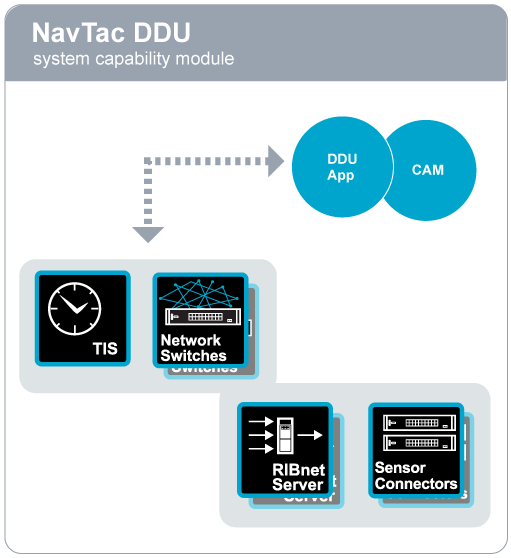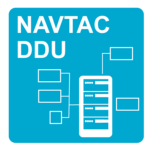OSI’s Nav Tac DDU (Navigation Tactical Data Distribution Unit) collects, manages, and redistributes navigation and tactical sensor data. Typically deployed as a pair for redundancy, a DDU runs at the heart of OSI’s integrated navigational and tactical systems (INTS), pumping data and distributing information throughout the vessel to the user interface with any of the networked Multi-Function Console (MFC) nodes.
Independently tested and certified by DNV GL, the DDU is a very reliable and extremely fast data processor that can be configured to validate data streams, combine or merge them, filter and thin, translate entirely if necessary, and log incoming and outgoing data. Its large library of accessible data management plugins is what enables OSI to adapt the DDU to any platform.
The circulation of data can be routed from any input interface to one or more outputs, in any combination; for example, sensor data to ECPINS, vessel position from ECPINS to the CMS, ARPA tracks from a radar to the CMS and ECPINS, wind speed to ECPINS and the meteorological system, rate of turn and rudder angle to a repeater, IPMS alerts to CAM.
In addition to data systems management, the DDU fulfills other tasks in support of an INTS. The DDU monitors sensor data according to the Consistent Common Reference System (CCRS) as required in the latest IBS standards, depending on a single accurate time that the DDU can provide from its Time Server as well. Not to mention, the DDU also hosts a Central Alert Management (CAM) system that enables the operator monitor system performance and it handles the transfer of the control of each radar between workstations.
Features
• Independently tested and certified by GL/DNV GL
• Input and output via TCP/IP, UDP, serial RS-232/422, and Synchro
• Open architecture for data management plugins
• Data validation, filtering, merging, translation, and logging
• Consistent Common Reference System (CCRS) service
• Central Alert Management (CAM)
• Central time source and distribution
• Automatic “head-less” operation
• Web-based configuration and monitoring interface available across the network


 DDU
DDU